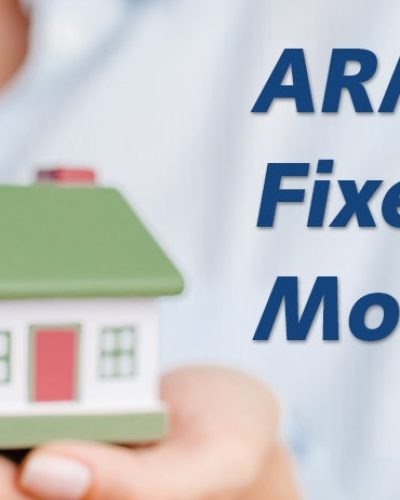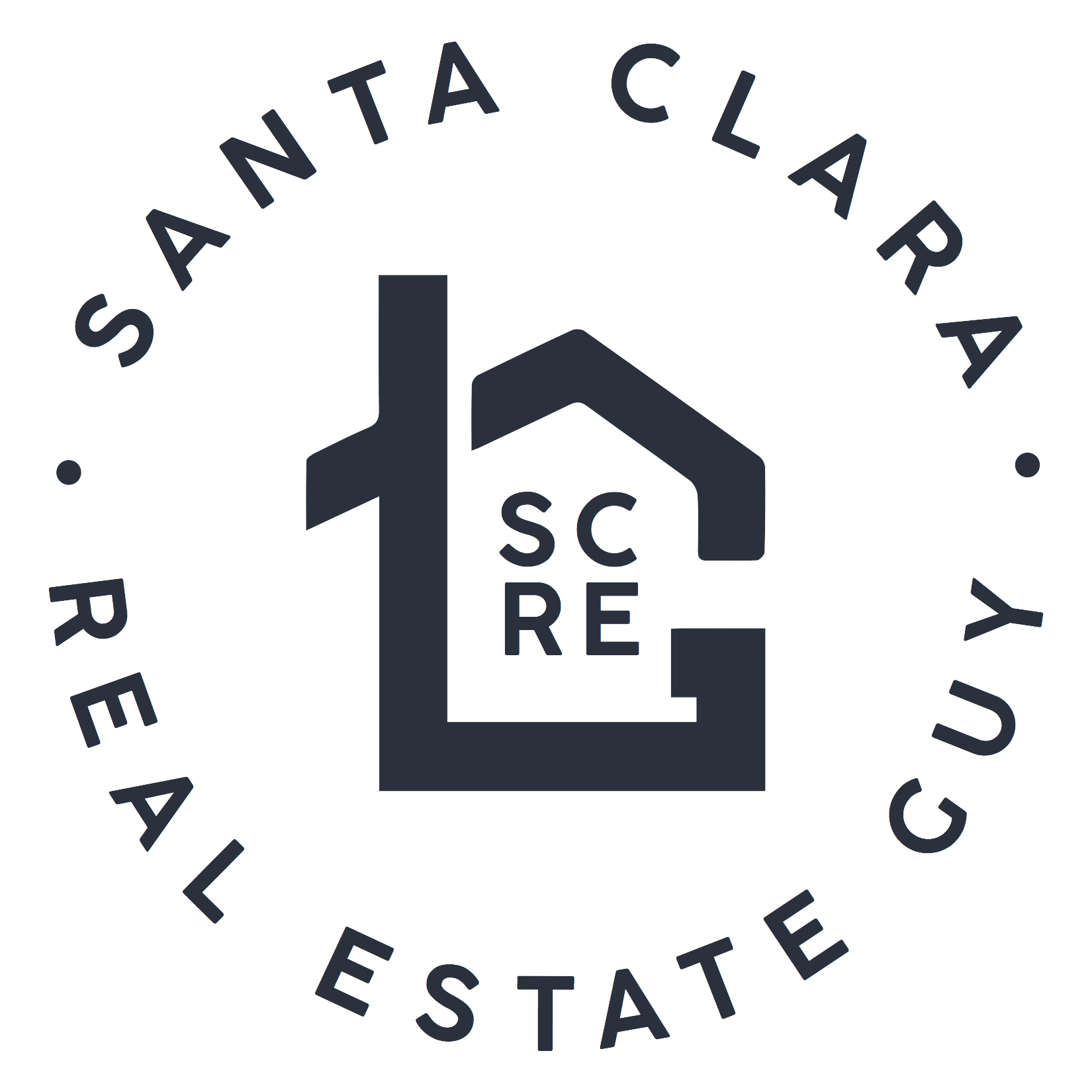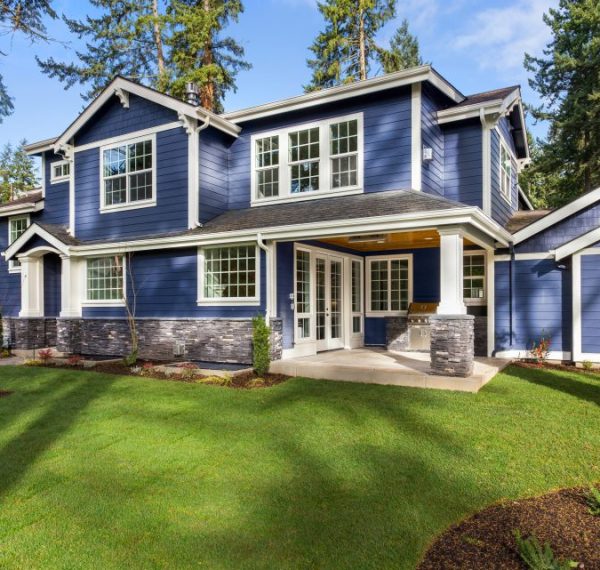When you get a mortgage, there are many loan features to consider. One of the key decisions is whether to go with a fixed or adjustable-rate mortgage. Each have benefits and drawbacks, and your budget, housing needs and appetite for risk will be key factors in your decision.
What is a fixed-rate mortgage?
A fixed-rate mortgage has the same interest rate for the life of the loan. In other words, your monthly payment of principal and interest won’t change. (Note: Your mortgage payments can fluctuate, though, as your property taxes or homeowners insurance change over time.)
A fixed-rate mortgage is the most popular type of financing because it offers predictability and stability for your budget. Lenders typically charge a higher starting interest rate for a fixed-rate mortgage than they do for an ARM, which can limit how much house you can afford.
Pros of a fixed-rate mortgage
- Rates and payments remain constant, despite what happens in the broader economy.
- Stability makes budgeting easier. People can manage their money with more certainty because their housing payments don’t change.
- Simple to understand, so they’re good for first-time buyers who wouldn’t know a 7/1 ARM with 2/6 caps if it hit them over the head.
Cons of a fixed-rate mortgage
- If interest rates fall, fixed-rate mortgage holders have to refinance to take advantage of that, plus pay borrowing fees and costs all over again.
- Can be a little more difficult to qualify for with higher mortgage rates than ARMs.
- May or may not cost more in interest over the life of the loan.
- Are virtually identical from lender to lender and generally cannot be customized.
What is an adjustable-rate mortgage?
An adjustable-rate mortgage, or ARM, is a home loan with an interest rate that can change periodically. This means that the monthly payments can go up or down. Generally, the initial interest rate is lower than that of a comparable fixed-rate mortgage. After the fixed-rate period ends, typically 3, 5, or 7 years. The interest rate on an ARM loan moves based on the index it’s tied to.
The index is an interest rate set by market forces and published by a neutral party. There are many indexes, and the loan paperwork identifies which index a particular adjustable-rate mortgage follows. Interest rates are unpredictable, though in recent decades they’ve tended to trend down.
The most popular adjustable-rate mortgage is the 5/1 ARM. The 5/1 ARM’s introductory rate lasts for five years. (That’s the “5” in 5/1.) After that, the interest rate can change once a year. (That’s the “1” in 5/1.) Some lenders offer 3/1 ARMs, 7/1 ARMs and 10/1 ARMs.
Pros of an adjustable-rate mortgage
- Feature lower rate and payment early in the loan term. Because lenders can consider the lower payment when qualifying borrowers, people can buy more-expensive homes than they otherwise could buy.
- Allow borrowers to take advantage of falling rates without refinancing. Instead of having to pay a whole new set of closing costs and fees, ARM borrowers just sit back and watch the rates — and their monthly payments — fall.
- Help borrowers save and invest more money. Someone who has a payment that’s $100 less with an ARM can put that money in a higher-yielding investment.
- Offer a cheaper way for borrowers who don’t plan on living in one place for very long to buy a house.
Cons of an adjustable-rate mortgage
- Rates and payments can rise over the life of the loan.
- Some annual caps don’t apply to the initial loan adjustment, making it difficult to swallow that first reset.
- ARMs are more difficult to understand. Lenders have much more flexibility when determining margins, caps, adjustment indexes and other things, so it can be easy to get confused or locked into loan conditions you don’t understand.
ARM vs. fixed: Which should I choose?
Now that you know about the differences between an ARM and a fixed-rate mortgage, you’re better able to figure out which option works best for your situation. Here are important questions to answer when deciding which loan is right for you.
1. How long do you plan on staying in the home?
If you’re going to be living in the house only a few years, it would make sense to take the lower-rate ARM, especially if you can get a reasonably priced 3/1 or 5/1. Your payment and rate will be lower, and you can build savings for a bigger home down the road. Plus, you’ll never be exposed to huge rate adjustments because you’ll be moving before the adjustable rate period begins.
2. How frequently does the ARM adjust, and when is the adjustment made?
After the initial, fixed period, most ARMs adjust every year on the anniversary of the mortgage. The new rate is actually determined by the index value about 45 days before the anniversary, based on the specified index. But some adjust as frequently as every month. If that’s too much volatility for you, go with a fixed-rate mortgage.
3. What’s the interest rate environment like?
When rates are relatively high, ARMs make sense because their lower initial rates allow borrowers to still reap the benefits of homeownership. When rates are falling, borrowers have a decent chance of getting lower payments even if they don’t refinance. When rates are relatively low, however, fixed-rate mortgages make more sense.
4. Could you still afford your monthly payment if interest rates rise significantly?
On a $150,000 one-year adjustable-rate mortgage with 2/6 caps, your 5.75 percent ARM could rise to 11.75 percent, with the monthly payment shooting up as well. Experts say that when fixed mortgage rates are low, fixed mortgages tend to be a better deal than an ARM, even if you plan to stay in the house for only a few years.
5. Government’s monetary policy
In our current economic climate, it’s rare that interest rates would go up significantly. The FED recently tried to start to raise rates and the results caused a stock market sell-off that forced the FED to abandon its future interest rate hikes.
Due to the fragile state of the economy, we could expect rates to stay low for some time with mild fluctuations. Currently, there is even speculation that the FED will have to drop rates in the near future fearing that the economy is cooling and avoid a recession. It may be prudent to take advantage of the low rates of a ARM and refinance when rates drop further.






